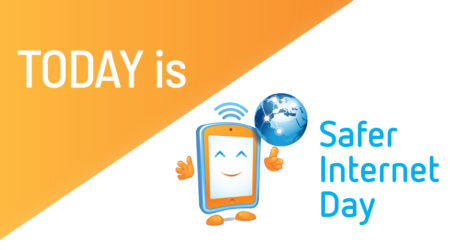
Did you know that 50% of small businesses have experienced a data breach within the last 12 months?
And ‘Internal Vulnerabilities’ are responsible for 70% of those data breaches!!!
You’re probably asking “what the heck does that mean to me?”. In simple terms there is a 1 in 2 chance you will face some sort of compromise to your company data this year – whether it be a loss of data, documents falling into the wrong hands, or your electronic files being encrypted and being held to ransom.
And in all likelihood, weaknesses within your current systems, processes or lack of smarts from one of your team will have caused the breach.
So what should you be doing. Here’s 5 simple measures you should be taking.
- Backup is Critical
- Whilst being a reactive measure, the first and the most vital step towards protecting data is Regular Backups. Your frequency of back up will depend on the amount of data can you afford to lose if your system is hacked or if it crashes. And be aware not all backups are equal.
- Train everyone to be Vigilant
- More recently there has been a rapid rise in the number of sophisticated hacks resulting from individuals responding to very realistic emails posing as their manager or boss. A good example is where a manager is on leave, their Facebook site has been checked and a hacker emails someone in accounts requesting urgent payment to a supplier. If in doubt don’t respond and check by alternative forms.
- Manage Accessibility of Data on Mobile Devices
- This is becoming one of the more common threats that many forget about. Everyone has smart phones and with the proliferation of online cloud apps, more and more company data is residing on employees personal phones. Mobile Device Management is a recommended solution to look into.
- Multi factor Authentication
- Passwords have traditionally been the main line of defence to stop unwanted access to your systems. This approach no longer provides sufficient security, hence the development of ‘Multi Factor Authentication’ – a secondary safety check such as a check to ensure you are working from a particular location, on an approved device or entering a code sent to your mobile phone.
- Use Permissions for Security of Electronic Files
- To keep your data safe from others, ensure permissions on the data files and folders are in place. The data present in your document filing system must have user permissions to manage which users can or cannot access the files.